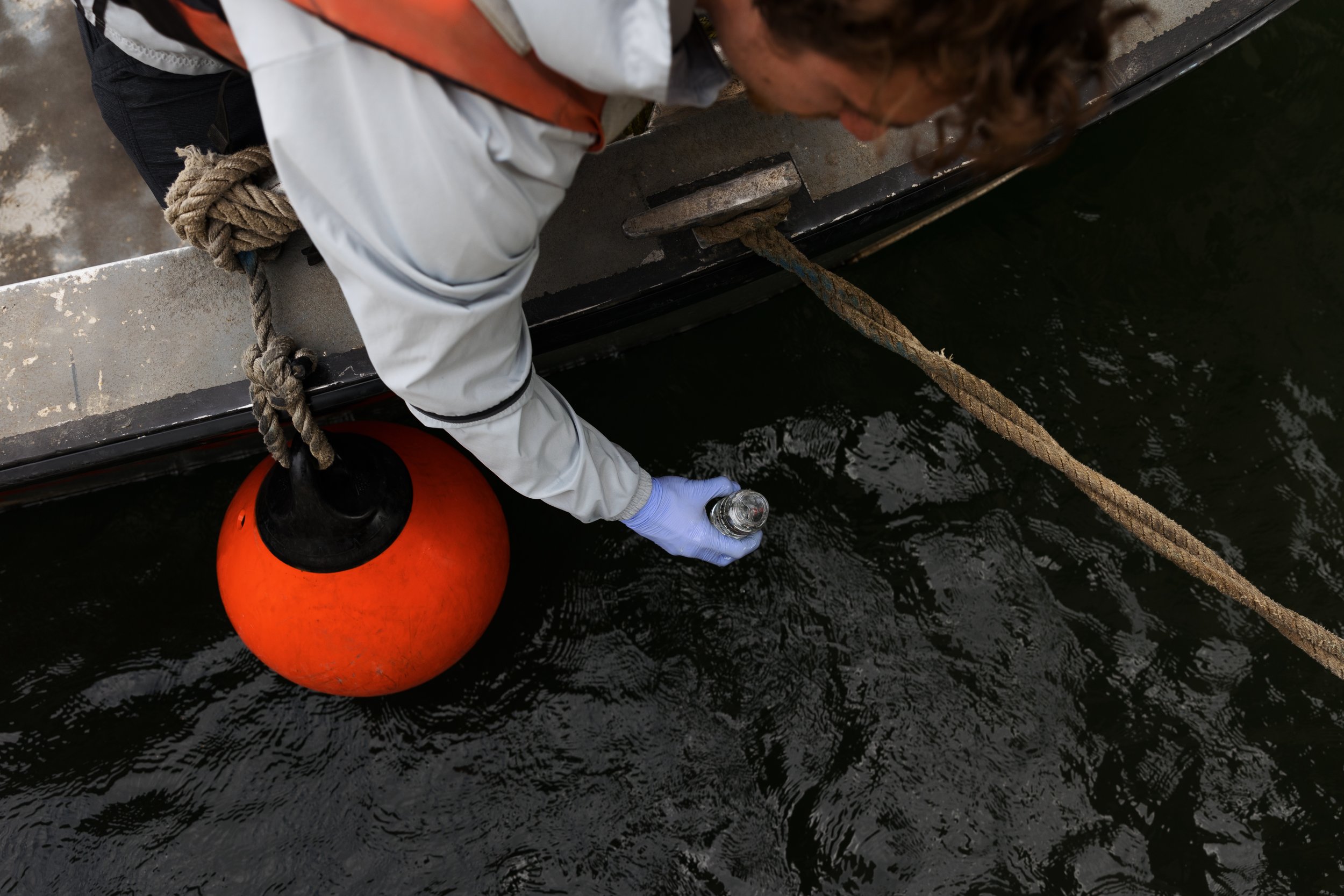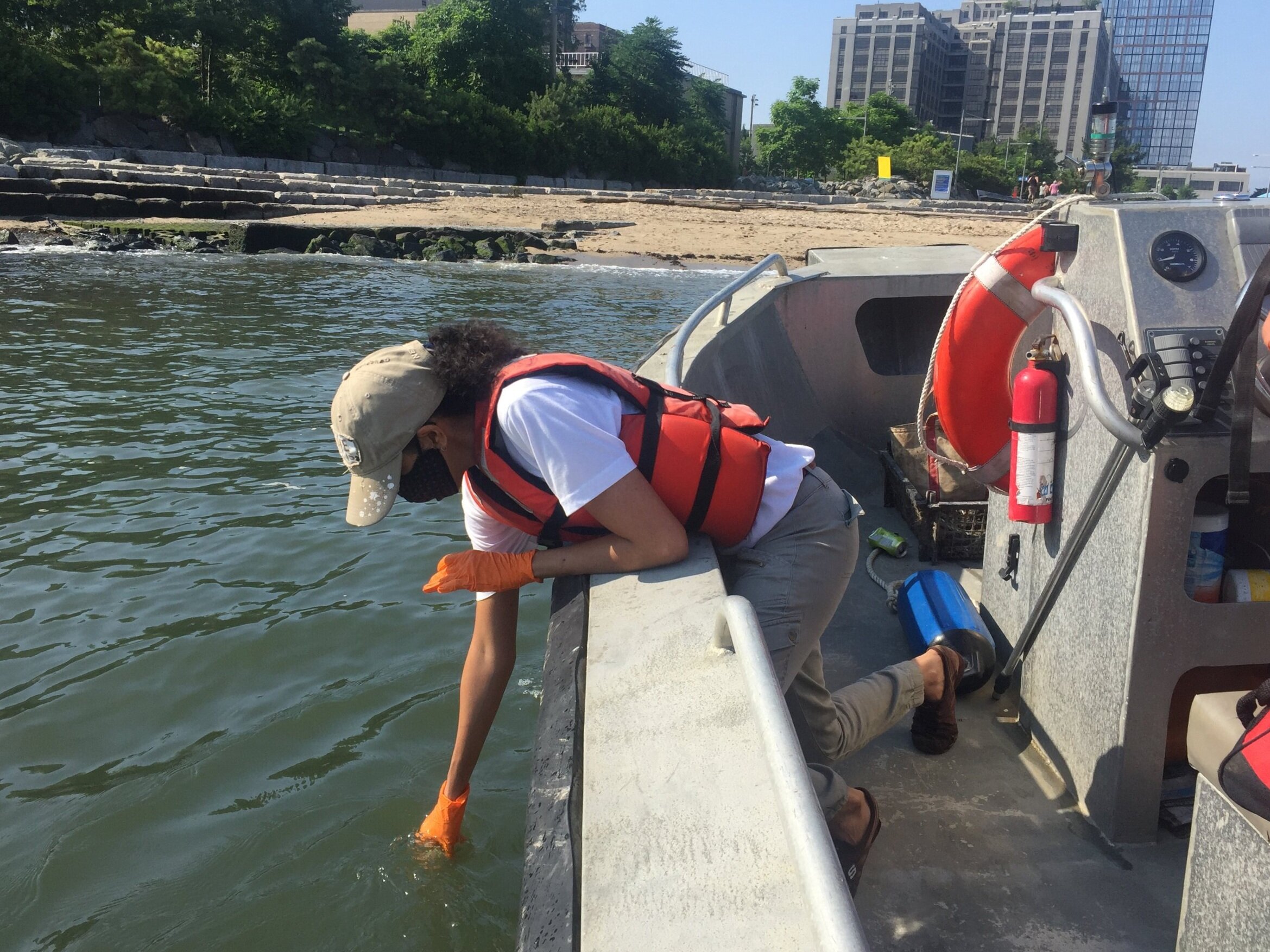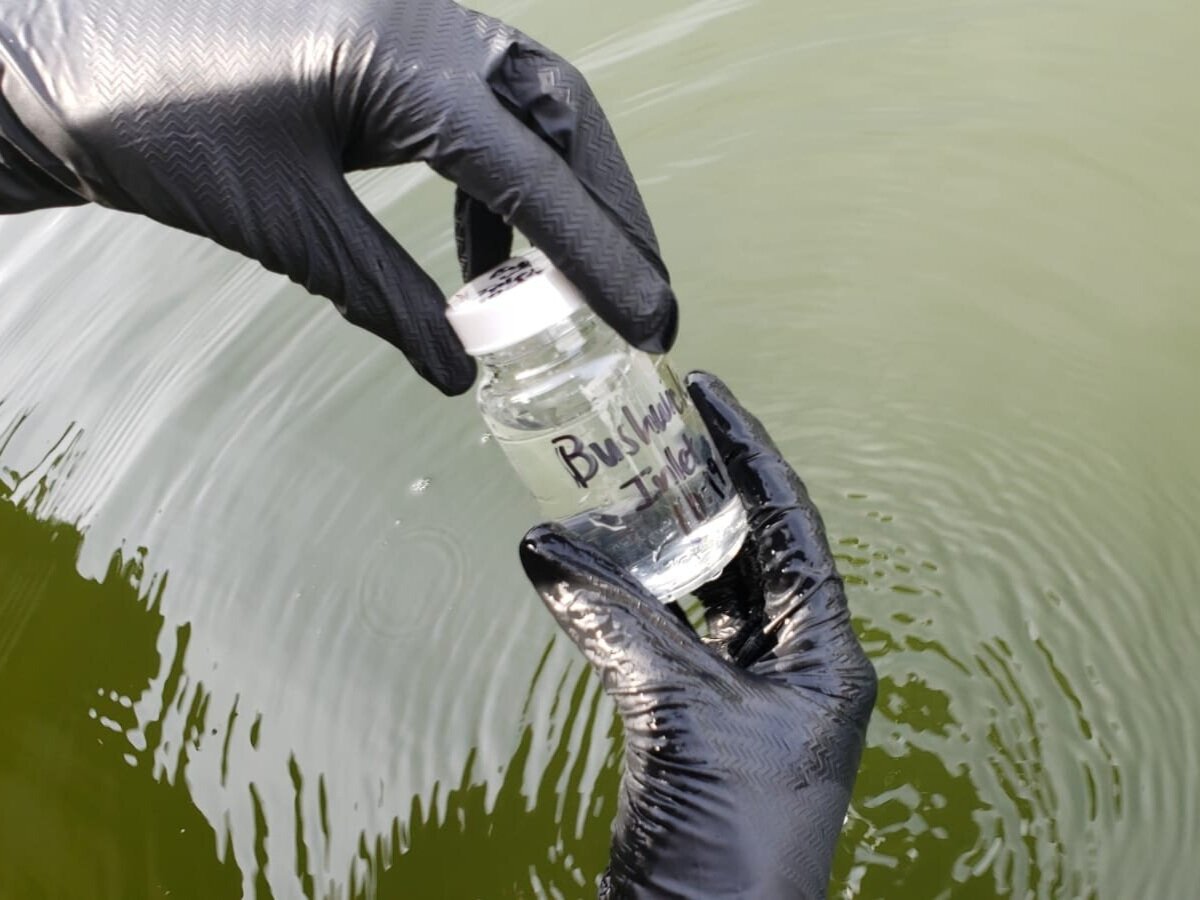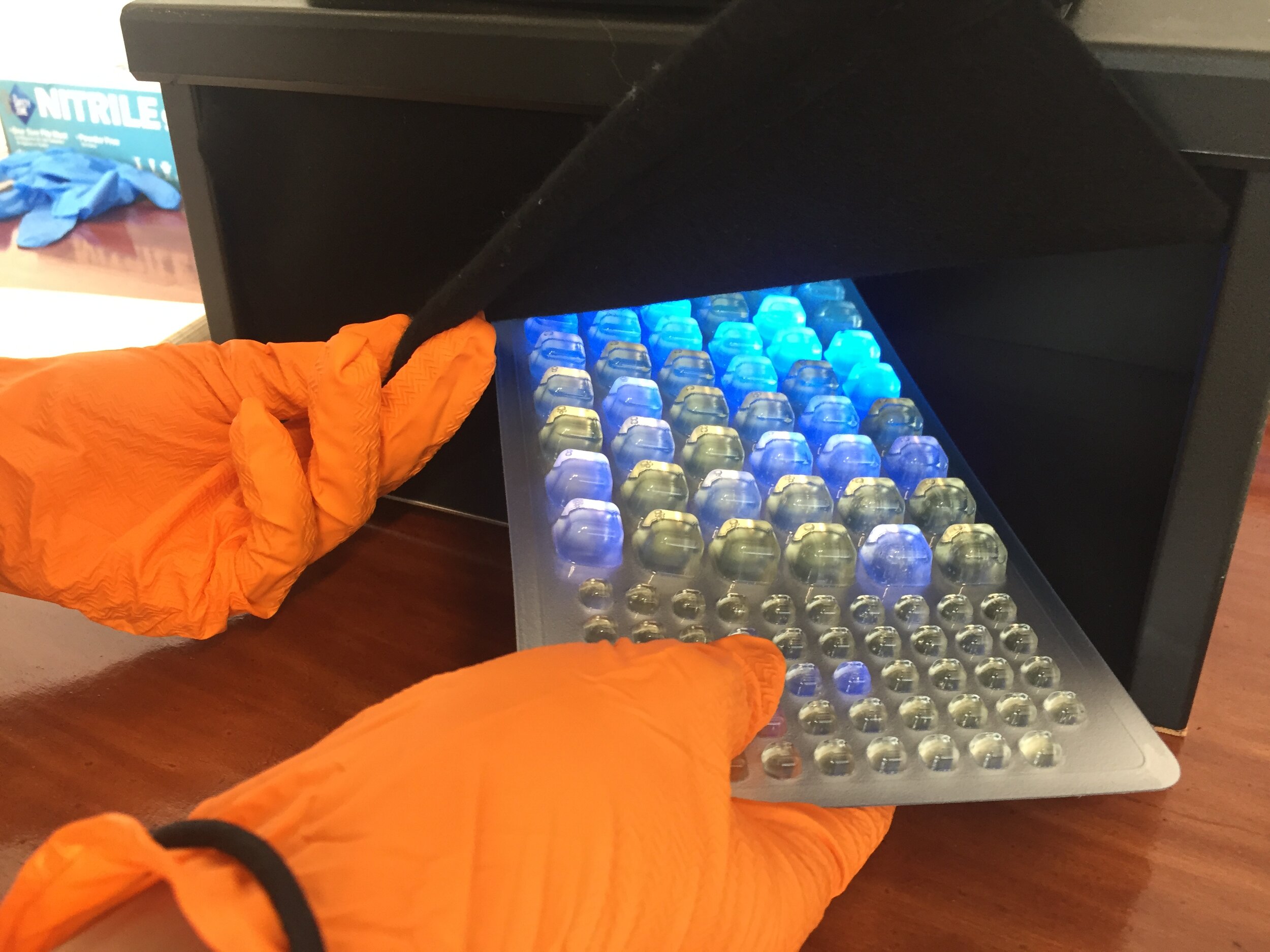Clean water is key to public access, whether you're a boater, swimmer, teacher monitoring oysters with a classroom, or student diver at the Harbor School. And, for Billion Oyster Project, keeping a pulse on the water quality surrounding our oyster reefs remains crucial to our success.
This new water quality lab along the Domino Park waterfront is a great way to connect with residents and visitors who are curious about oysters and New York Harbor. It's also a real opportunity to get a baseline understanding of water quality in the specific places where Billion Oyster Project is considering large-scale restoration efforts.
How will that water affect oyster growth? And will a large number of oysters in turn affect water quality? These are two of the big questions we’re hoping to answer.
YEAR INSTALLED
2021
NYC BOROUGH
Brooklyn
WATERWAY
East River
FUNDING
Two Trees Management
Past & Current PARTNERS
Domino Park
Riverkeeper
Hudson River Park
Brooklyn Boatworks
PRESS COVERAGE
Citizens Water Quality Testing Program (CWQT)
As part of a new education and restoration initiative based in Domino Park, funded by Two Trees Management, Billion Oyster Project partners with the Citizens' Water Quality Testing Program (CWQT) to monitor the water quality of our harbor, and make this information available to you.
The CWQT Collection Process
Harbor water samples are collected every Thursday morning during the recreational season (May to October).
We and eight other partner programs sample the water at more than 70 sites around the harbor, most of them access points for boaters and fishermen. At the lab at our field station, on Kent Avenue in Williamsburg, we process 25-30 samples a week.
Staff and volunteers like Illusion Rivera (above) collect samples from the central section of the East River, from Bushwick Inlet south to Governors Island. At every spot, there's a local constituency interested in the results, like the Harbor School on Governors Island and the community boathouse in Brooklyn Bridge Park.
Testing Samples in the Lab
In the lab, we use a citizen-friendly, EPA-approved testing method called IDEXX Enterolert. The goal is to identify the amount of Enterococcus bacteria in each sample. Enterococcus is the most widely used 'fecal indicator bacteria'. Though not inherently harmful, its presence suggests that of other harmful bacteria and viruses.
We being the process by pipetting 10 ml of water from one of our samples and add it to a solution of sterile water and reagent — a nutrient mix that bacteria use to grow.
The solution is poured into a "quanti-tray," run through a laminating sealer, and placed in an incubator for 24 hours. The incubator's temperature is set at 41 Celsius, about the same as the human gut.
On Friday afternoon, the trays are passed under a black light. The proprietary IDEXX reagent causes nutrients metabolized by Enterococcus to glow - the more glowing wells on the tray the higher the "most probable number” (MNP) of Enterococcus colonies per 100 ml.
Per the NYC Department of Health, if counts found at a city bathing beach are higher than 34 colonies per 100 ml, it could warrant a swim advisory. Anything over 104 could warrant a beach closure.
Results are posted on our blog on Friday evenings.
“One of the best things about Billion Oyster Project’s new laboratory and field station in Williamsburg is that it really expands our ability to monitor the central section of the East River — in many ways the heart of the urban estuary.”
— Rob Buchanan, CWQT Co-Founder







